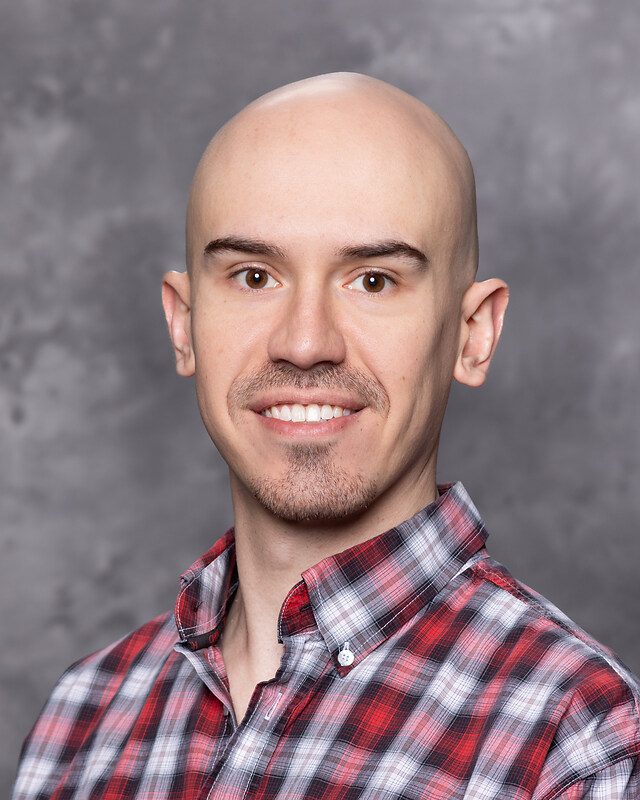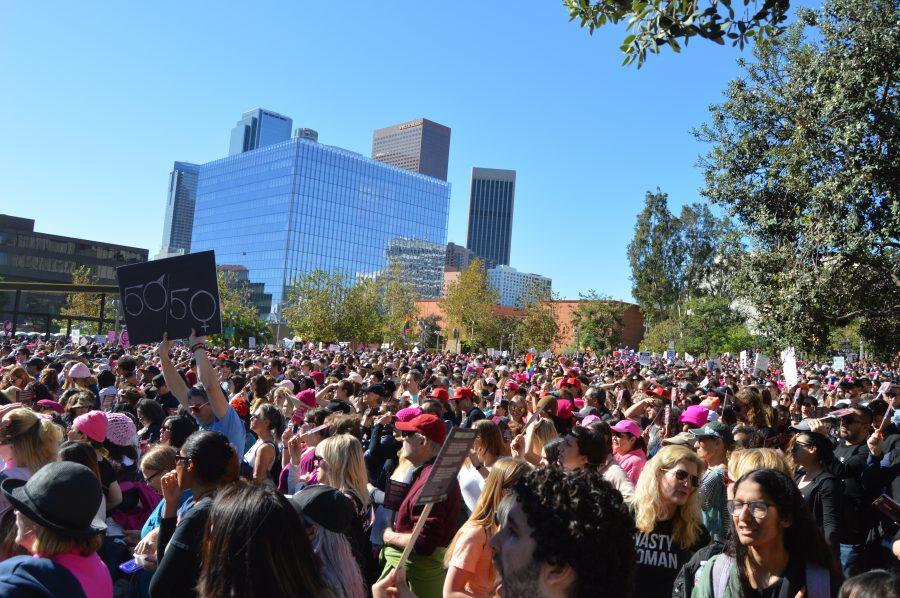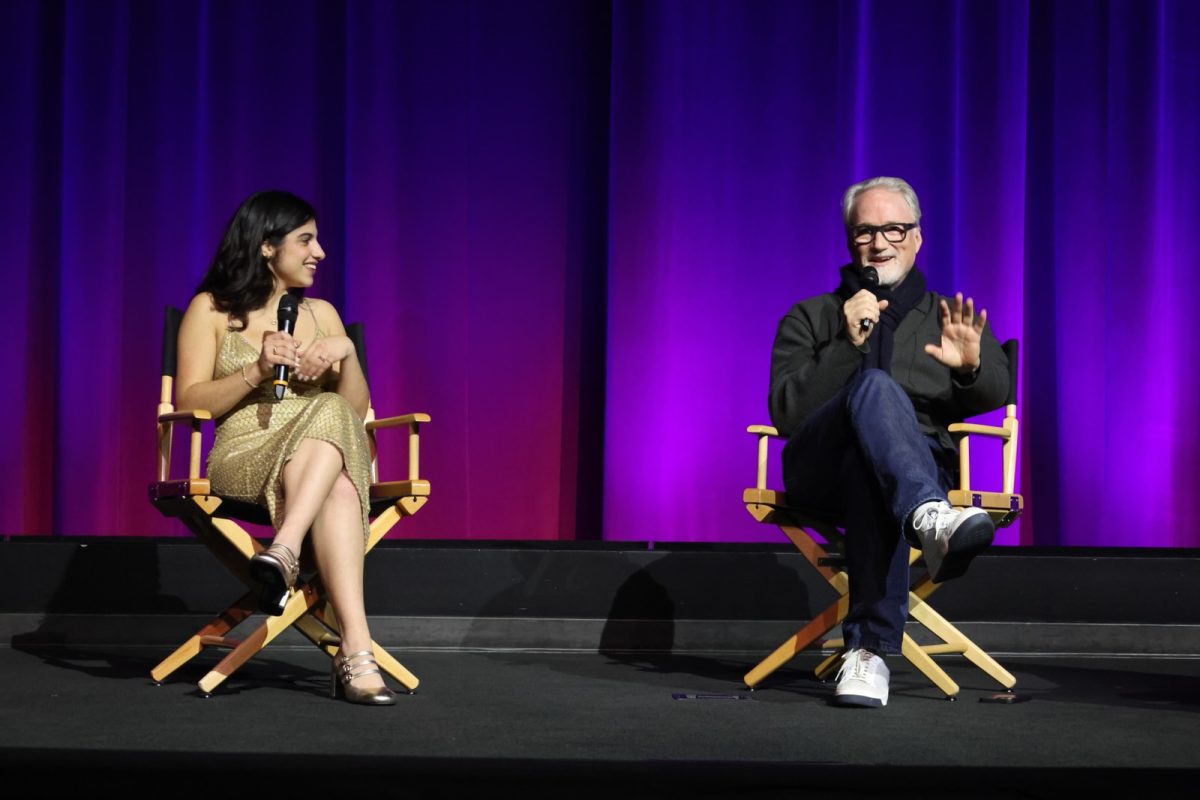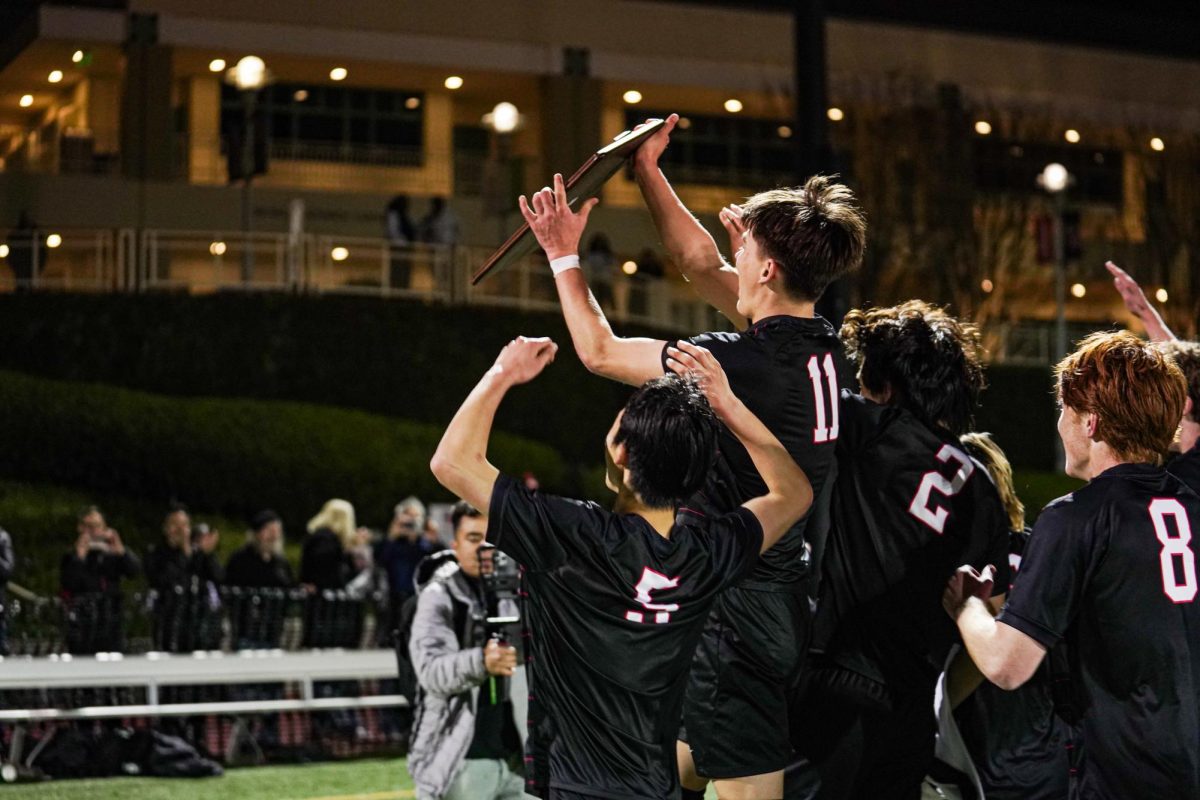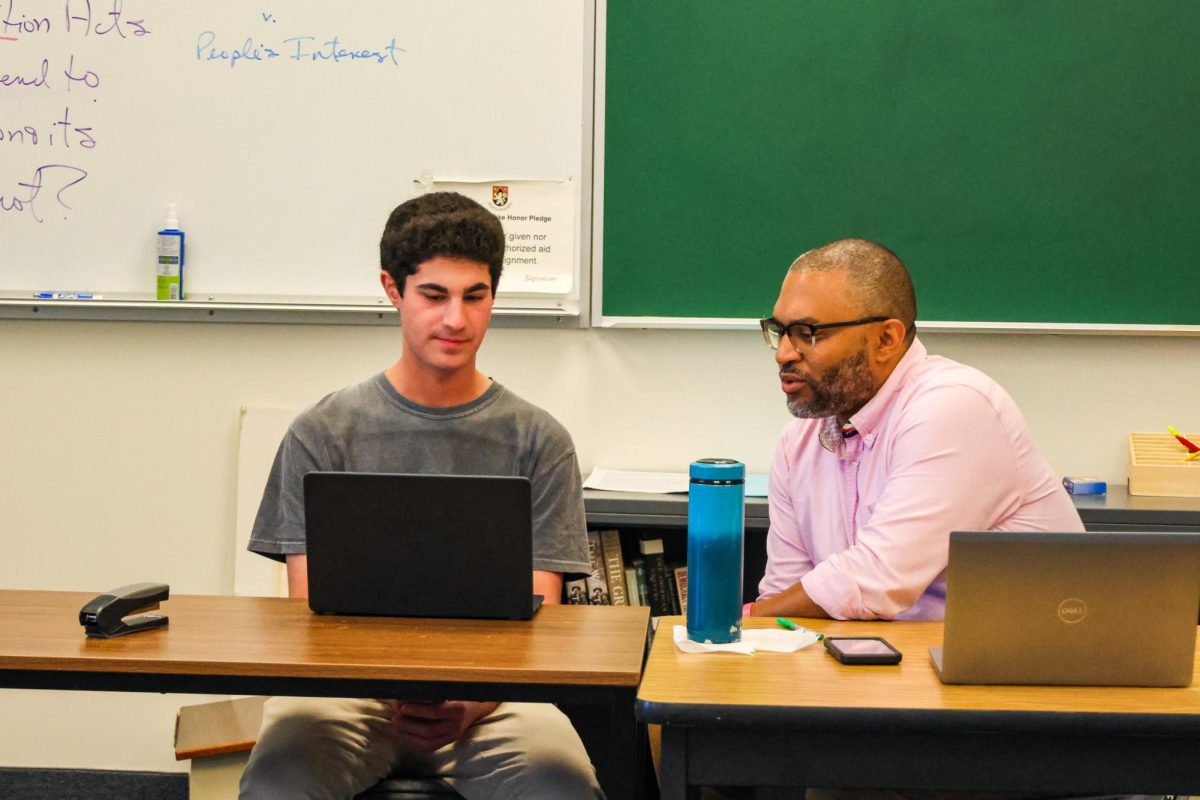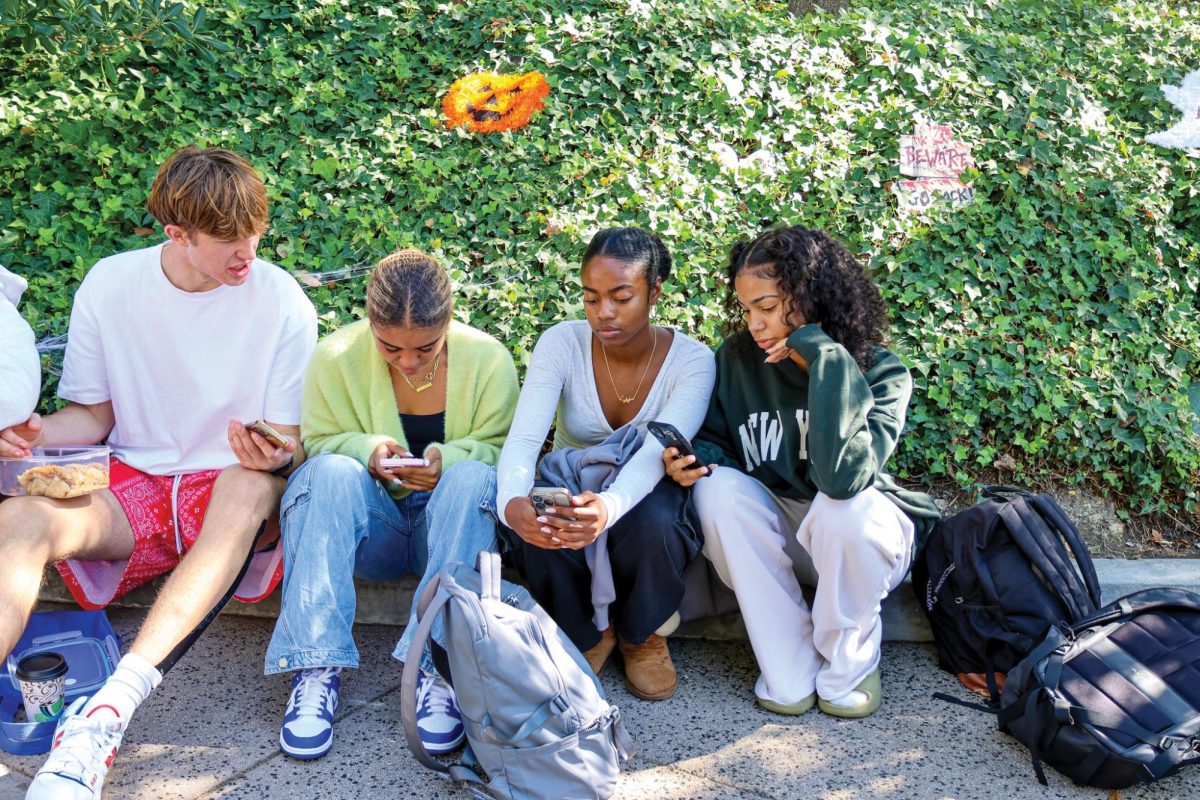Dozens of students and faculty members attended the second annual Women’s March Jan. 20. In addition to supporting women’s rights, this year’s march focused on promoting intersectional feminism and encouraging people to vote in the 2018 midterm elections.
Civil rights advocate and critical race theorist Kimberlé Crenshaw, who coined the term intersectional feminism in 1989, spoke at the march about the importance of advocating for other issues in addition to women’s rights. In addition, Black Lives Matter’s Melina Abdullah called for all women to support the Black Lives Matter movement and led the crowd in chanting “Black lives we matter here.”
Black Leadership, Awareness and Culture Club leader Taylor Redmond ’18 said that she feels it is essential that the women’s movement continues to highlight its intersectionalities between the feminist movements and other movements, as well as to address and accept differences between the meaning of feminism for women of color and LGBTQ women.
“It’s crucial to keep marching and keep having these important conversations to make sure your voice isn’t lost in the woodwork,” Redmond said.
Students said that the movement’s progression to focus on more than one issue reflects the diverse causes Americans are passionate about.
“The variation of people marching this past weekend definitely declared a united from across the whole country with people from all walks of life who stood firm in their beliefs,” Latin American/Hispanic Student Organization leader and Gender Sexuality Awareness leader Daniel Varela ’18 said.
Though LAHSO leader Xenia Bernal ’19 could not attend the Women’s March, she said from what she heard and saw via social media that this year’s march appeared more inclusive of other movements.
Bernal said that in order for feminists to attack the root of the problem, they have to listen to Latinx, Black, Asian, bisexual, transgender, and disabled women’s issues, as well as men’s issues.
“No one is free until everyone is free, right?” Bernal said. “At the end of the day, it comes down to realizing that that person that seems so inarguably different from you, really isn’t that different. They’re a human being just like you.”
As a male student, Jake Schroeder ’20 also said he thinks it was important to attend the march and support women’s rights.
“I think that in the world today, the men with real courage are those who are able to listen,” Schroeder said.
Those who attended the march also agreed that they noticed an emphasis on intersectional feminism at this year’s march and are hopeful about the future of the movement.
“I don’t believe in any kind of feminism that disregards intersectionality, because to do so is to deny representation and justice to marginalized groups that need it most,” Ryan Stanford ’19 said. “It was powerful to be in the presence of so many intersectional feminists advocating for the DREAM Act, equality in sexuality and much more, and it’s proof that these issues go hand in hand and deserve to be addressed.”
Women’s March Los Angeles Teen Outreach Committee Chair Cami Katz ’19, who attended the march with Stanford and Isabel Girod ’19, said that this year’s Women’s March also focused on making change through elections and polls.
“I feel like this year, the spirit shifted from fear and helplessness to determination,” Katz said.
Stanford also said that she noticed a change in the atmosphere at this year’s march.
“In the last year, women, and all people, have grown to support each other more than ever, and that was evident today,” Stanford said.
Supporters of women’s rights said that they hope the marches will continue to grow the women’s rights movement. According to the Washington Post, a record number of female candidates are running for office this year.
Those who attended the march said they felt part of a monmental movement.
“I think that these marches will go down in history,” Schroeder said. “While my friends and I walked out of the crowds and toward our lunch, we discussed how we will be explaining to our future grandchildren what this was when they’re confused in their history textbooks. We live in a corrupt world, and this march really helped shine light on the good.”
















